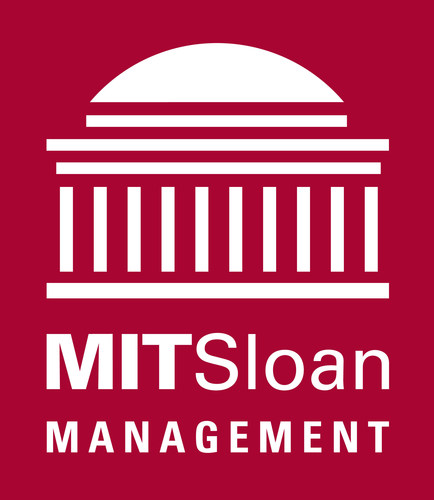Gov, like an increasing number of Californians, has an extreme commute to her job. She works in communications at a non-profit organization about 30 miles away, up the notorious 405 to Santa Monica. On good days it takes an hour and a half each way, on the worst days it’s two and a half hours each way.“It’s literally like a part-time job,” she said. Gov’s boyfriend has a similarly long commute into Los Angeles. They wish they could live closer in, but homes closer to their jobs were way out of their price range. To afford to buy here a lot more people are living like Jenny Gov – spending more of their day in ever worsening traffic, leaving little time to spend with family and neighbors, coaching little league or exploring the wonders of California.
Brian Taylor, an urban planning professor who directs the Institute of Transportation Studies at the University of California, Los Angeles said the housing crisis has exacerbated the dilemma in recent years, as new housing construction has lagged in parts of the state where well-paid employment in our more knowledge-based economy has multiplied.
Source: High Home Prices And Congestion Shrink The California Dream – capradio.org
 Chances are Ms. Gov is a knowledge worker and perhaps her boyfriend is as well. When Los Angeles freeways first opened in the 1950s, it was possible to get anywhere in the basin in about 20 minutes. Now they are so clogged daily commuting has become unbearable. It’s no longer as feasible to live in one community and work in another as it was in the golden age of the California freeway, the L.A. car culture and cheap fuel. Nor does it any longer make sense to spend hours commuting to use a computer in a centralized commute-in office.
Chances are Ms. Gov is a knowledge worker and perhaps her boyfriend is as well. When Los Angeles freeways first opened in the 1950s, it was possible to get anywhere in the basin in about 20 minutes. Now they are so clogged daily commuting has become unbearable. It’s no longer as feasible to live in one community and work in another as it was in the golden age of the California freeway, the L.A. car culture and cheap fuel. Nor does it any longer make sense to spend hours commuting to use a computer in a centralized commute-in office.
Now on the threshold to the 2020s and beyond, a shift as profound as how the automobile and the freeway defined daily work life is at hand. It’s Internet-fueled information and communications technology (ICT) that makes it possible to do knowledge work in the communities where knowledge workers live. That gets them off the freeways on work days and would likely make a sizable contribution to improving the region’s notoriously poor air quality. Not to mention the quality of life of lots of Californians who as this story reports find the California dream elusive as they spend much of their lives engaged in long commutes.



